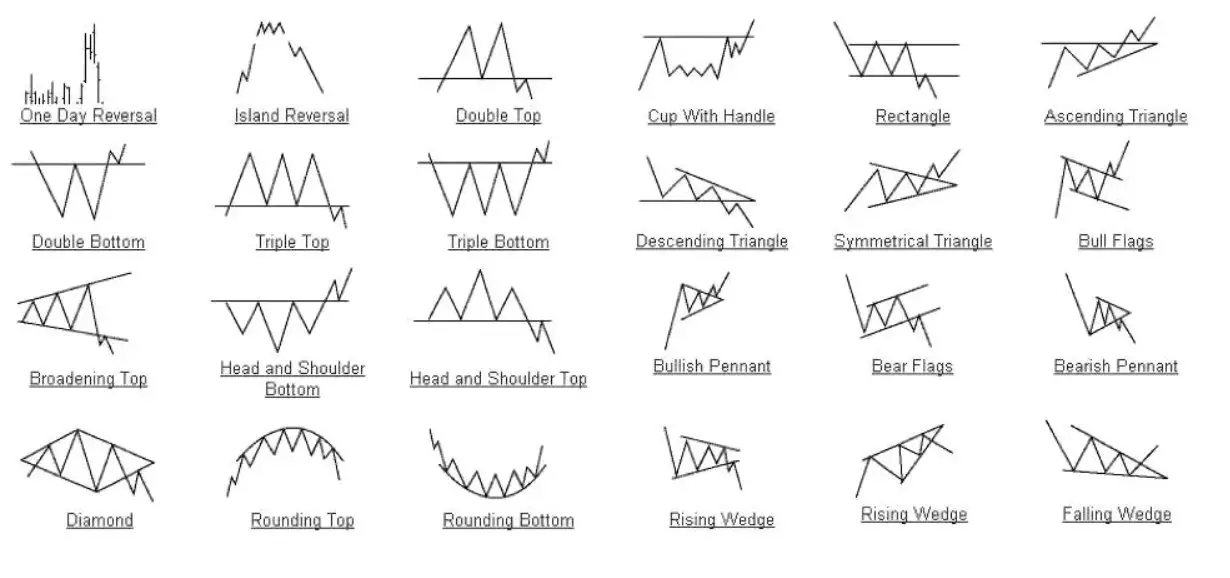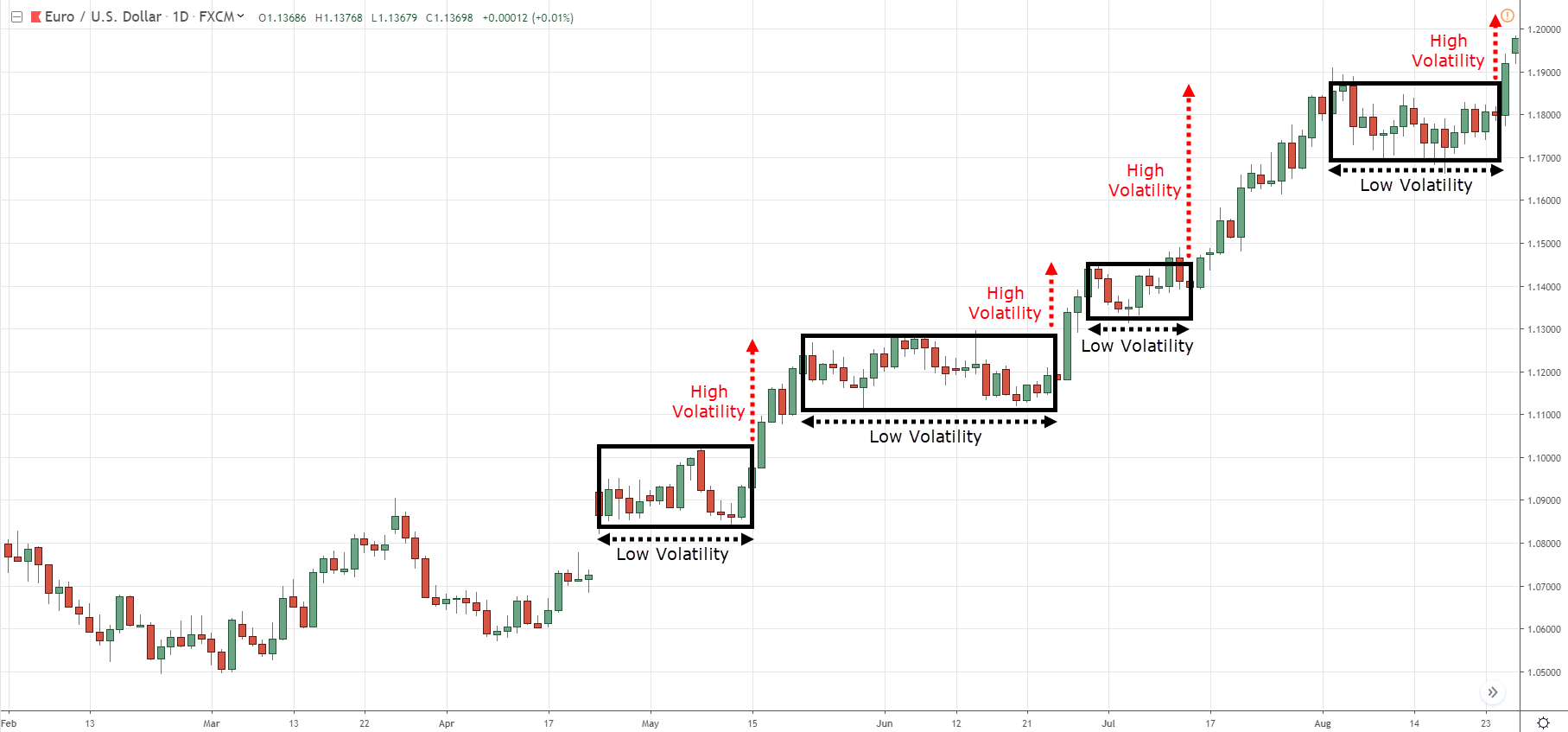The reason why the Stock Market Is Still the #1 Wealth Builder
The stock market has long been the base for building prosperity. From multinational corporations to individual traders, millions of individuals count on it to be able to grow their assets and achieve financial freedom. Yet success in stock trading doesn’t find luck—it demands knowledge, preparation, and discipline. This specific comprehensive guide is exploring the most effective stock market strategies for equally beginners and advanced traders. It emphasizes technical analysis, risk management, in addition to actionable techniques like as swing investing, day trading, and even trend-following. You'll figure out how to read charts, make use of technical indicators, analyze price movements, and even execute stock trades with confidence. just one. Comprehending the Basics associated with the Stock exchange Just before diving into superior trading strategies, it’s crucial to understand how the stock market works. What exactly is inventory? A stock presents ownership in a company. When you buy a stock, you get a compact piece of that will business. What is usually the stock market? The stock market is really an industry where stocks are bought and offered through exchanges like the NYSE plus NASDAQ. Why perform stock prices change? Stock prices change based on offer and demand, inspired by news, income reports, economic signals, and investor feeling. Understanding these stock market basics is fundamental before using any investment strategy. 2. The strength of Technical Research Technical analysis involves studying historical price data and volume trends to forecast future price movements. It’s one involving the most widespread methods in stock trading . Popular technical resources: Moving Averages (MA) – Help determine the direction of any trend. MACD – Signals momentum plus trend reversals. RSI (Relative Strength Index) – Indicates overbought or oversold conditions. Bollinger Bands – Measure market movements. Fibonacci Retracement – Helps identify possible pullback levels. Understanding these tools improves your technical trading strategy. 3. Recognizing Graph Habits Chart designs are visual illustrations of price moves that help anticipate future trends. Common chart patterns: Brain and Shoulders – Indicates a style reversal. Double Top/Bottom – Shows help or resistance. Triangles – Often sign a continuation of the current pattern. Flags and Pennants – Mark interim consolidation before some sort of breakout. These patterns are essential in order to building a productive chart analysis approach. 4. Multi-Timeframe Analysis Multi-timeframe analysis consists of using multiple data intervals (e. grams., monthly, weekly, daily) to validate trends and refine records. Monthly/Weekly charts – Show long-term market direction. Daily graphs – Highlight swing trade opportunities. Intraday charts – Finest for stock investing setups. This layered strategy helps eliminate bogus signals and enhances trade accuracy. five. Understanding Volume within Trading Volume displays how many gives you are traded during a given time and even helps confirm the strength of your pattern. Volume indicators: On-Balance Volume (OBV) – Measures buying/selling stress. Volume Moving Common – Smooths spikes to show legitimate interest. Accumulation/Distribution Series – Detects institutional activity. High amount with price movement confirms a solid market trend. a few. Swing Trading vs. Day Trading Both are popular short-term investing strategies with various styles: Swing Trading: Holds trades with regard to 1–10 days Makes use of chart patterns and even technical indicators Ideal for people with minimal screen moment Day time Trading: Closes jobs within the same time Focuses about intraday volatility Demands speed, focus, plus real-time examination Each rely on being familiar with support and weight and using equipment like RSI and even MACD. 7. Breakout Trading and Impetus Method These strategies shoot for quick profits through rapid market movements. Breakout Trading: Enters on cost breakout from a consolidation zone Agrees with using strong quantity Uses stop-loss just below breakout stage Momentum Trading: Is targeted on stocks with solid price action Uses RSI, stochastic oscillators, in addition to volume scanners Suitable for traders chasing pre-market movers 8. Perfecting Risk Management Little strategy succeeds with no solid risk control. Risk rules: Risk only 1–2% each buy and sell Maintain a minimum 1: 2 risk-to-reward percentage Use stop-loss orders regularly Avoid revenge trading Protecting capital will be more important as compared to chasing big is the winner. 9. The Role of Trading Mindset Your mindset is a key factor in long-term trading success. Discipline – Stick to your own trading psychology plan Endurance – Wait for top quality setups Confidence – Trust your technical analysis Resilience – Study from losses with no overreacting Keeping a new trading journal assists improve your emotional control and regularity. 10. Combining Specialized and Fundamental Evaluation Combining both research methods enhances your current overall trading effects. Use fundamentals (e. g., earnings, revenue, debt) to find strong stocks  Use specialized indicators to moment your entries and even exits This cross types approach is ideal for long term investors and position traders. 11. Top Technical Indicators regarding Stock Traders Indicator Purpose MACD Trend and energy analysis RSI Identifies overbought/oversold Bollinger Bands Measures movements Volume Profile Shows high activity price ranges
Use specialized indicators to moment your entries and even exits This cross types approach is ideal for long term investors and position traders. 11. Top Technical Indicators regarding Stock Traders Indicator Purpose MACD Trend and energy analysis RSI Identifies overbought/oversold Bollinger Bands Measures movements Volume Profile Shows high activity price ranges  Fibonacci Retracement Predicts pullback amounts Use these in combination to improve technical method performance. 12. Building Your Own Trading Approach Your buying and selling system should line up along with your schedule, funds, and risk ceiling. Trading strategy theme: Market filter: Only trade stocks along with high volume and liquidity Setup conditions: Define your best trade pattern or perhaps indicator signs Admittance trigger: What verifies your buy or sell action Stop-loss rule: Shields against large failures Exit plan: Established a profit focus on or trailing stop Always test the system which has a trial account first. 13. Using Stock Screeners to Find Trading Stock screeners conserve time by selection thousands of tickers. Top free screeners: Finviz – Greatest for technical styles TradingView – Timely scans and signals Yahoo Finance – Great for filtering by fundamentals Example of this filters: Volume > 1 zillion Price > $5 RSI < 30 (oversold setup) 14. Tips on how to Track Your Trading and Performance Hold a trade diary with: Entry and exit points Method used Profit or loss Screenshots of setup charts Review your trades weekly to uncover winning patterns plus improve your outcomes. 15. Final Feelings: From Theory to Execution Success within the stock market is simply not about predicting—it’s regarding preparing. By applying proven stock trading techniques, staying disciplined, plus adapting to marketplace conditions, offer on your own the best possiblity to build sustainable prosperity. Key reminders: Constantly trade with a prepare Let data show you, not emotion Practice and improve frequently Prioritize risk management
Fibonacci Retracement Predicts pullback amounts Use these in combination to improve technical method performance. 12. Building Your Own Trading Approach Your buying and selling system should line up along with your schedule, funds, and risk ceiling. Trading strategy theme: Market filter: Only trade stocks along with high volume and liquidity Setup conditions: Define your best trade pattern or perhaps indicator signs Admittance trigger: What verifies your buy or sell action Stop-loss rule: Shields against large failures Exit plan: Established a profit focus on or trailing stop Always test the system which has a trial account first. 13. Using Stock Screeners to Find Trading Stock screeners conserve time by selection thousands of tickers. Top free screeners: Finviz – Greatest for technical styles TradingView – Timely scans and signals Yahoo Finance – Great for filtering by fundamentals Example of this filters: Volume > 1 zillion Price > $5 RSI < 30 (oversold setup) 14. Tips on how to Track Your Trading and Performance Hold a trade diary with: Entry and exit points Method used Profit or loss Screenshots of setup charts Review your trades weekly to uncover winning patterns plus improve your outcomes. 15. Final Feelings: From Theory to Execution Success within the stock market is simply not about predicting—it’s regarding preparing. By applying proven stock trading techniques, staying disciplined, plus adapting to marketplace conditions, offer on your own the best possiblity to build sustainable prosperity. Key reminders: Constantly trade with a prepare Let data show you, not emotion Practice and improve frequently Prioritize risk management